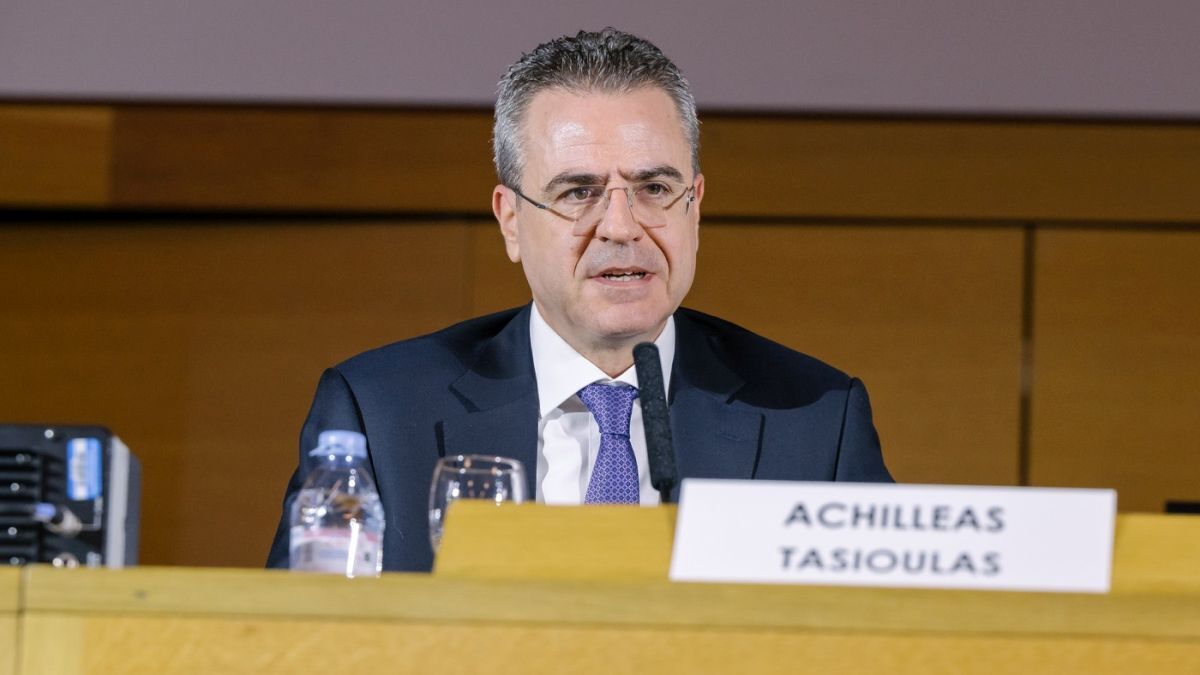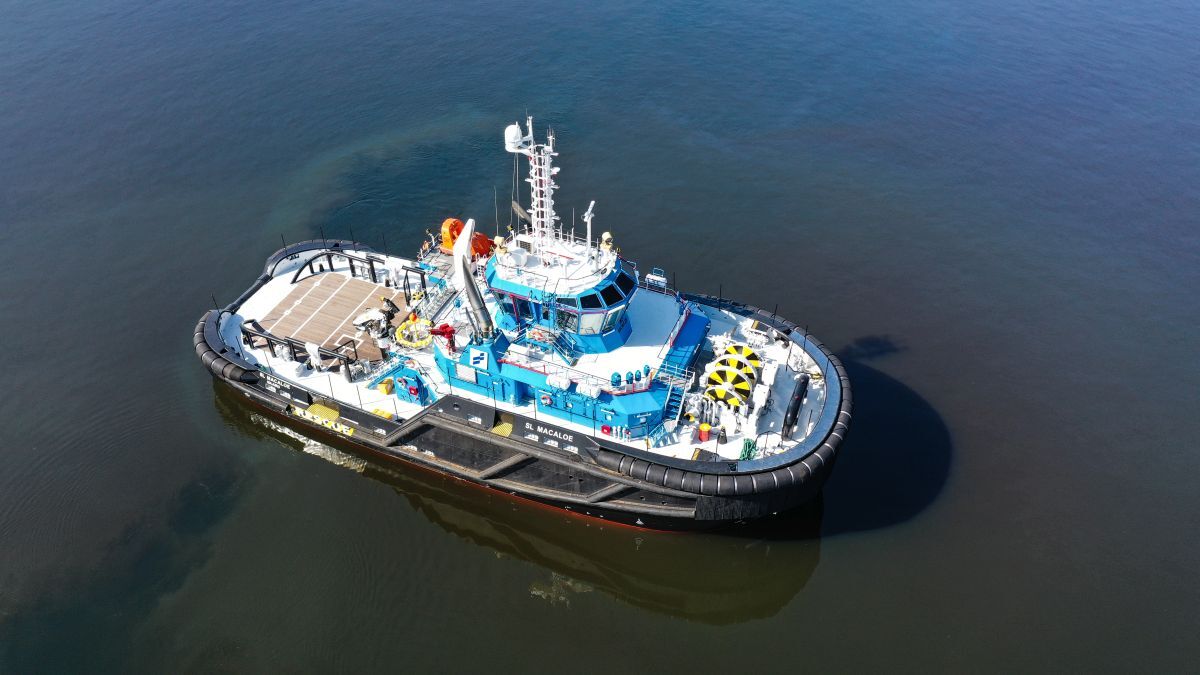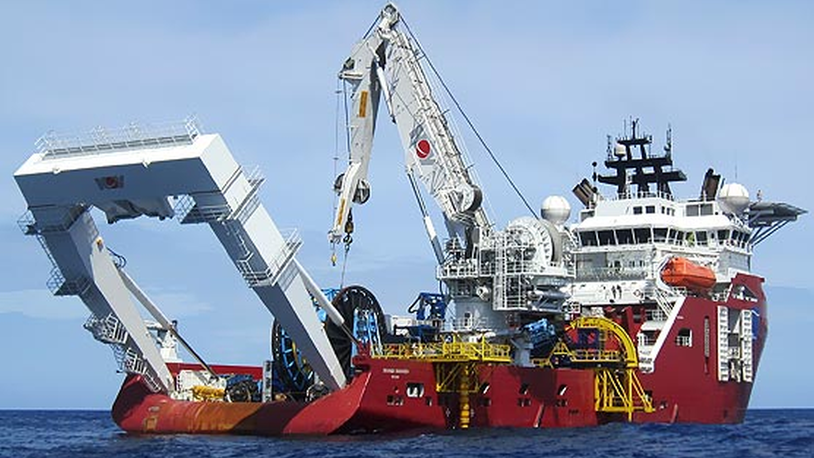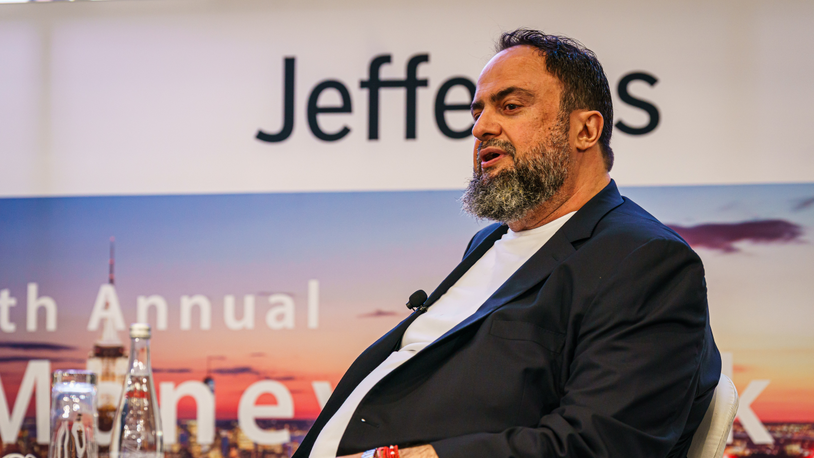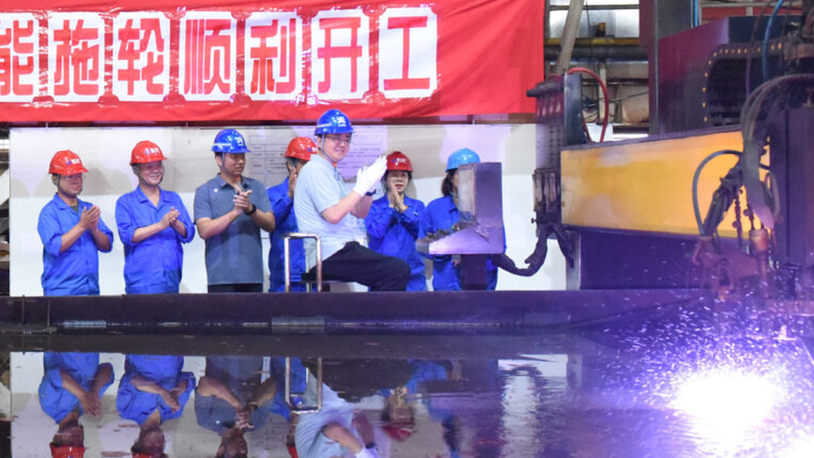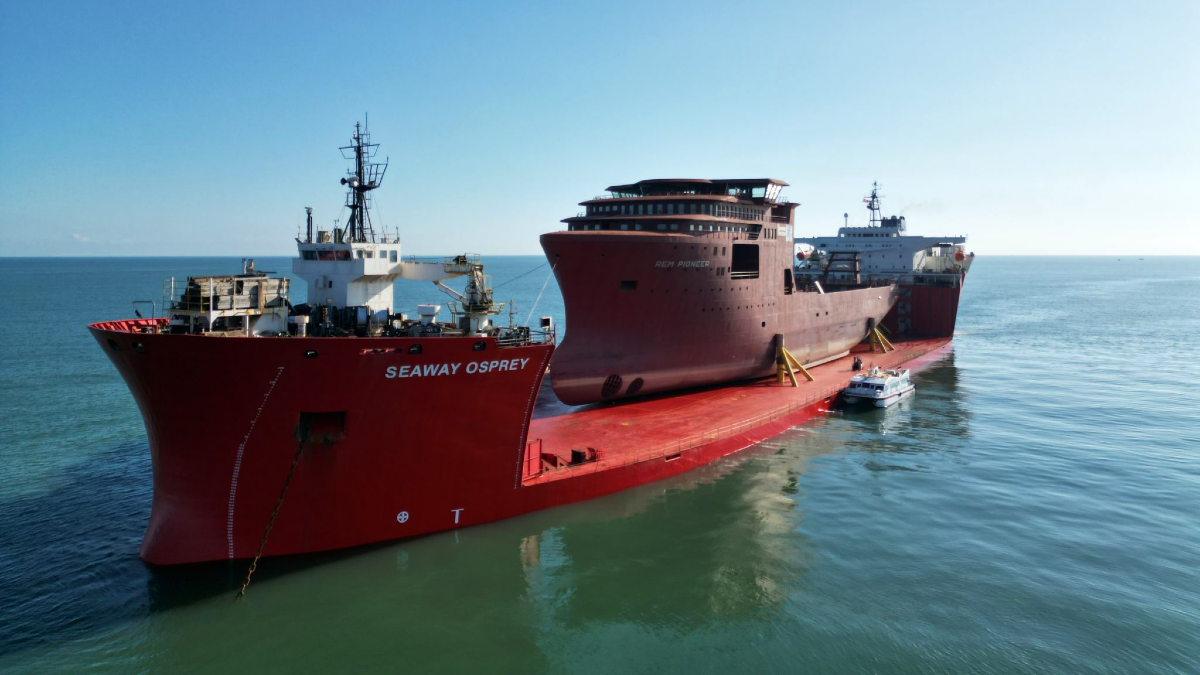Business Sectors
Events
Contents
Register to read more articles.
LNG fleet faces regulatory and cost challenges
As demand rises, LNG shipowners face pressures from ageing fleets, rising newbuild costs and tightening emissions regulations, shaping the sector’s future strategies
The LNG shipping sector is at a pivotal moment, driven by increasing demand and the challenges of an ageing fleet. As new liquefaction capacity comes online, particularly in the US, shipowners face the dual pressure of expanding capacity while grappling with regulatory demands and rising costs.
Cool Company chief executive Richard Tyrrell highlighted this issue at the Capital Link Forum in September 2024, noting, “Most ships today will be non-compliant by the 2040s.”
International Maritime Organization’s (IMO) emissions targets are rapidly making older vessels inefficient and expensive to maintain, leading to scrappage or idling.
Fleet renewal is urgent but costly. New LNG carriers now cost upwards of US$260M, compared with US$180M a few years ago.
GasLog chief financial officer Achilleas Tasioulas remarked, “Capex for newbuilds is quite substantial, and higher interest rates are creating an elevated debt cost.”
With higher borrowing costs, shipowners must carefully balance fleet expansion. GasLog, for example, is reducing its reliance on ordered tonnage and maintaining a balanced fleet to optimise profitability, focusing on capital structure and debt management.
IMO’s stringent regulations are pushing shipowners towards more efficient, environmentally friendly technologies, but this comes at a high price. Even with advancements in engine efficiency, new regulations are not just about efficiency, “Regulation is not just forcing ships to be more efficient; it’s also pushing them to use non-fossil fuels,” said Mr Tyrrell.
Beyond regulations, market uncertainty complicates fleet planning. Fluctuating demand from markets like China and Europe and congestion at the Panama Canal are pushing ships to longer routes, increasing demand for LNG carriers.
Mr Tyrrell noted that many companies are opting for routes via the Cape of Good Hope due to the Panama Canal’s unpredictable availability.
While the LNG market is expected to grow by 40% by 2030, shipowners are cautious about over-investing in new tonnage.
Mr Tyrrell explained that older vessels, while near the end of their service life, still play a key role as a ’buffer’ to absorb excess demand, stating, “Once older vessels are scrapped, they won’t return because the cost of bringing them back into service is prohibitively high.”
Ultimately, the future of LNG shipping will depend on navigating these regulatory, financial and market pressures.
Mr Tasioulas pointed out success lies in balancing capital structure and operational flexibility, explaining, “It’s about the mix of your capital structure, your debt risk, and your break-evens that define your profitability.”
Riviera’s LNG Shipping & Terminals Conference will be held in London, 12 November 2024. Click here for more information on this industry-leading event.
Related to this Story
Events
Offshore Support Journal Conference, Americas 2025
LNG Shipping & Terminals Conference 2025
Vessel Optimisation Webinar Week
© 2024 Riviera Maritime Media Ltd.


